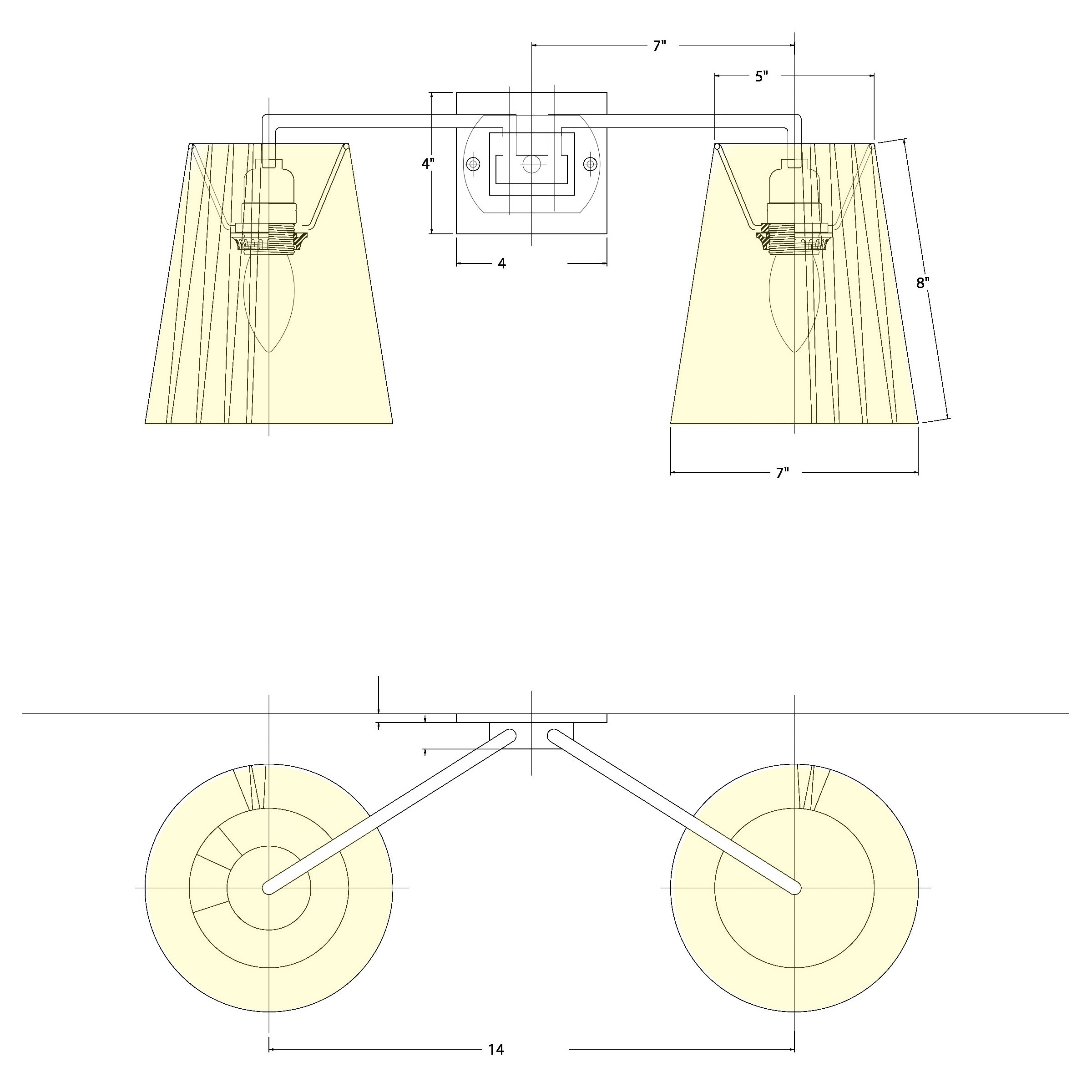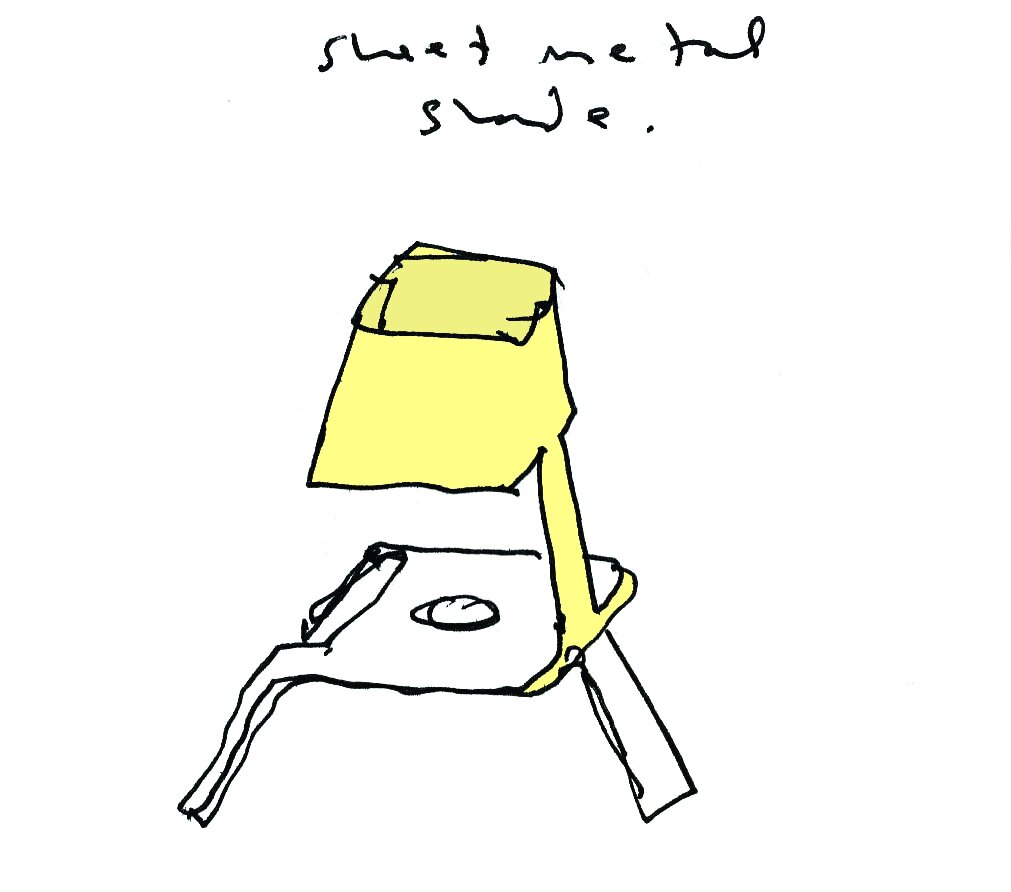
These images highlight a broad range of objects ACHA has designed. Some, like the chair, Kolo, were developed as part of the design of an apartment renovation. Others are speculative designs, some intended for marketing or developed at a manufacturer’s invitation. Each, in equal parts, is an inquiry towards use, beauty, or craft.
Objects

Workers is an office furniture system developed for both corporate and home use. The frame is made of powder-coated steel tubes. Its horizontal work surfaces are made of a dense Finnish plywood coated with a durable translucent phenolic film. The panels come in a wide range of colors, while exposing the veneer’s natural wood grain. Its elegance and ease of assembly makes the Workers system suitable for residential interiors.








Not-Constructs is a series of non-functional objects. They are made of metal in various powder-coated paint colors. Each object evokes some form of familiarity, either of use or representation, without fully completing the viewers expectations. In part, the intent of the series is a reaction to the plethora of objects filling the world, each demanding its own invaluable necessity to be consumed and ultimately cluttering the world with more detritus. In many ways, beauty is found here in the object’s uselessness.



Lounge is a light fixture with a silk-pleated shade. Originally designed as a reading light for a couple who are avid readers, it was later was developed as a wall sconce and outdoor table light. The latter, and not without some humor, used a compact flashlight as its light source. The wired fixtures were engineered by the lighting fabricator Kacper Dolatowski of Axon Design.
As a consulting architect for the Guggenheim Museum, ACHA’s principal, Ali C. Höcek designed the classic stanchion, the ubiquitous museum furniture that keeps visitors safely away from artworks and artifacts. It is made of stainless steel, but a later version is fabricated in aluminum. A set screw on top holds the barrier cord in place. The stanchion is still used throughout the Guggenheim Museum.
Named after the Viennese designer, Kolomon Moser, Kolo was designed specifically for the dining room of one of ACHA’s residential clients. The chair’s simple lines and lightness evoke the work of this great Secessionist artist and graphic and furniture designer. It’s frame is made of a pale hardwood, its seat and back are upholstered. The arms are angled to allow the chair to be partially pushed in under the table when not in use. The back is higher, yet low enough to provide casual seating after dinner, or to serve as an incidental living room chair.


Kiosk is an outdoor retail and marketing structure. The kiosk closes when not in use, its cashier’s table sliding into its main metal frame and the merchandise displays closing as the overhead awning pivots down. The awning also serves as the main signage for the kiosk. Sliding, illuminated side panels provide advertising and ambient light for use at night.


Crunch describes a portable liquid container that can be adjusted to size as needed. As the user drinks, the bottle’s size may be reduced by compressing each baffle in increments, thus containing only the amount of liquid remaining. Its size may be increased by extending the length of the bottle and refilling. Ultimately, after many uses, the bottle may be completely collapsed and recycled, its compact size serving to reduce its bulk during transporting, storing, and recycling.


The metal pull shown is for slender cabinet and closet doors. A larger version makes it suitable for room-sized doors. The pull is installed in a through door cutout. When the door is open, the exposed metal backplate provides an elegant finish where the back side of most cabinet doors offer little more than the lonely metal screw head.

The bench shown here is part of a series, Bubbles, developed at the invitation of an Italian furniture manufacturing company. The wood frame and sitting surface are painted. The “bubbles” are varying sizes of circular-etched plexi inset into the plywood surface. A variation of this was developed for museum and gallery use. For the more sober of museums, the bench is available without the bubbles.


